3 Reasons to Start Your Upgrade from Cognos BI to Cognos Analytics Right Now
As we’ve mentioned before, as of April 2018 there will be limited extended support for Cognos 10.x. Sure, that sounds like a long time from now, but if there’s anything I’ve learned from my time in enterprise IT, it’s that making a change is like turning a battleship. You need to start actively planning for it and plotting your course way ahead of time to ensure everything runs smoothly.
Just to give you an example, we work with an HR services company that brought us on because the last time they tried to do a migration it took them two years thanks to some unforeseen internal issues they ran into during the process. Do you want that to be you? No? Then the planning should start now.
After all, it’s not like an upgrade from Cognos BI to Cognos Analytics is just a chore you have to do. There are some compelling benefits to making the switch beyond just keeping your support intact. Here are three that I think are important to consider:
1. The New Interface Is Easier to Use
This is especially true for new end users, who haven’t gotten used to the way that versions prior to Cognos Analytics were configured. It’s more intuitive with options like Storytelling allowing quick animated data presentation and doesn’t look like it was established in the 1990s thanks to a new UI and smooth, vector-based RAVE 2 graphics.
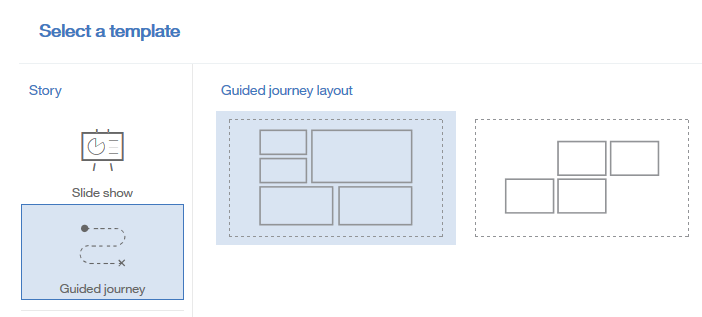
Fig. 1: Storytelling allows easy PowerPoint-style slideshow or Prezi-style pan and zoom presentations of multiple visualizations
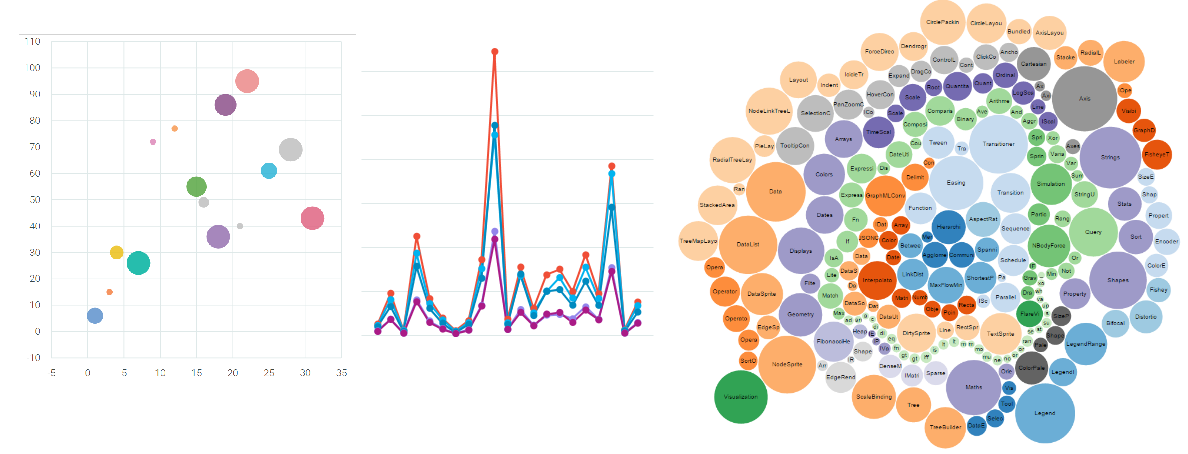
Fig. 2: New RAVE 2 charts with updated look and feel and new functionality such as pan and zoom and quick filtering
For people that have already been using Cognos, there’s a learning curve, but it’s worth it for the new functionality. If you dedicate some of your upgrade timeline to enablement activities, your user community will quickly and efficiently transition to the new platform.
2. The Features and Functionality Are Rapidly Maturing
While there are always additional features we want to see or capabilities that existed in prior versions that don’t seem to be available, the 11.0.5 version of Cognos Analytics is at a state of maturity that lets you move to it without feeling like you’re taking an unwise risk. Whether it’s the search capability, the dashboarding technology that just added limited support for Framework Manager models, or the new and updated visualizations and built-in location intelligence, there are many improvements that make it worth the upgrade.
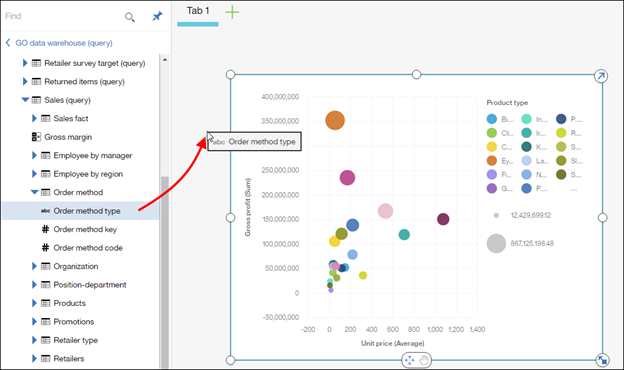
Fig. 3: Relational Framework Manager models integrate directly as data sources and become fully searchable
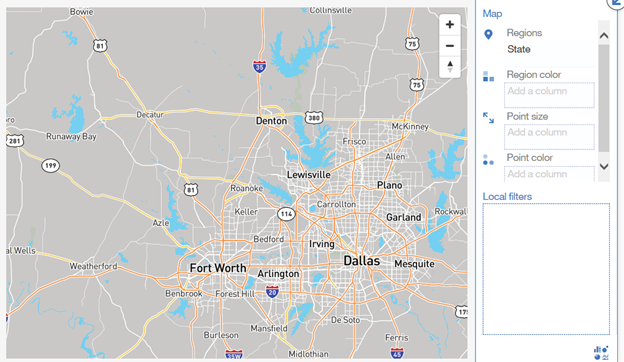
Fig. 4: Maps capable of zooming to much deeper levels of detail, dynamic region selection, and recoloring via Mapbox integration
On top of that, some of the enterprise capabilities that were only partially supported in prior releases have been fully documented and updated at this point, and more enhancements are coming on a regular cadence.
3. Improved Data Discovery
One of the areas where Cognos has struggled in the shifting landscape of business analytics is in the area of data discovery. This is an area that they have addressed in Cognos Analytics with data modules and dashboarding. Leveraging some of the technology developed for Watson Analytics under the covers to review the data you’re trying to analyze, help you select the visualization that best suits the data in play, and help you find associations in the data you’re leveraging makes creating reports much easier. You can now also embed reports into websites using an interactive viewer to provide easier access to information for business users in locations that are comfortable. While they’re still developing, these additions are a strong effort at supporting more robust data discovery.
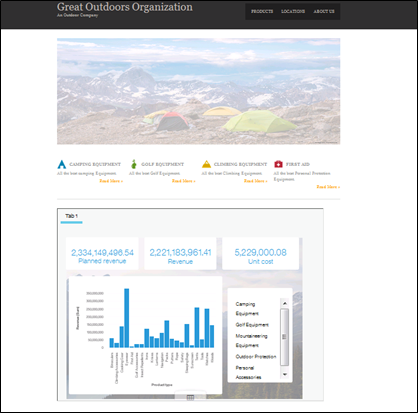
Fig. 5: Reports embedded in web pages for easy access and quick experimentation with data sets
However you plan to proceed in the wake of the Cognos 10.x end of support announcement, the most important thing is to have a roadmap for how you want to move forward. Is your analytics environment ready for the future?





